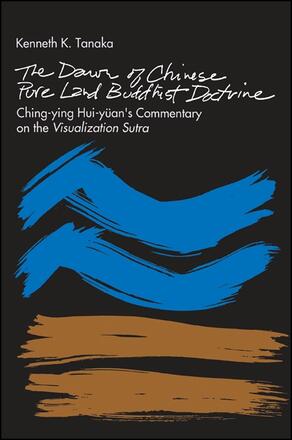
The Dawn of Chinese Pure Land Buddhist Doctrine
Ching-ying Hui-yuan's Commentary on the Visualization Sutra
Alternative formats available from:
Kenneth K. Tanaka is Assistant Professor of Buddhist Studies and Assistant Dean at The Institute of Buddhist Studies: Graduate School and Seminary, an affiliate of the Graduate Theological Union, Berkeley. He is the editor of The Pacific World: The Journal of the Institute of Buddhist Studies.
Reviews
"Tanaka discusses a very important issue in Chinese Buddhism in an innovative way. The text that he has translated is Hui-yuan's Commentary on the Sutra of Visualization on the Buddha of Immeasurable Life, which is not only the oldest extant commentary on this sutra, but also the key text in the history of Pure Land Buddhism in China. In light of the growing interest in Pure Land Buddhism, this translation is truly a timely one. The translation, as well as the discussion of historical and doctrinal issues, is excellent. " — Sung-bae Park, State University of New York at Stony Brook
"The author has captured the spirit and has analyzed the various ideas that the founding fathers of Chinese Pure Land school had to work with. His perceptions of the roles of these scholars, their interaction, and their challenges are insightful. The book presents the whole Chinese Pure Land Buddhist movement at its inception. Hui-yuan's role is amply documented and shows his influence on other scholars, notably Shan-tao. The work also exhibits the extensive research and writings by modern Japanese scholars in the field. " — Kenneth K. Inada, State University of New York at Buffalo
"Pure Land Buddhism became the most important kind of Buddhism in China and Japan in terms of mass appeal. Thus knowledge of the beginnings of this phenomenon in China is very significant for our study of East Asian Buddhism in general. This is breaking new ground. " — Robert G. Henricks, Dartmouth College